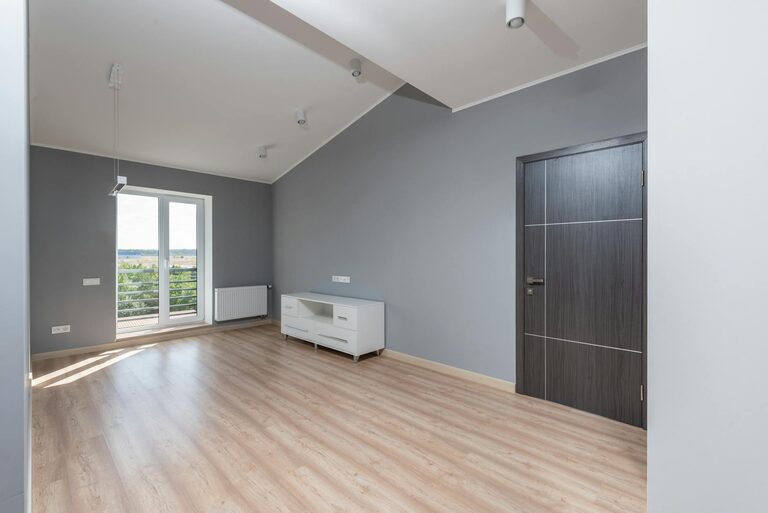Simple Ways to Reduce Noise at Home for a Calmer Space

Creating a calm and quiet environment at home can greatly improve your comfort and well-being. Whether you live in a busy city, a noisy neighborhood, or simply want to minimize distractions, reducing noise inside your home is achievable with a few practical steps. In this post, we’ll explore simple and budget-friendly ways to reduce noise and enjoy a more peaceful living space.
Why Noise Reduction Matters
Noise pollution inside the home can cause stress, disturb sleep, and reduce your overall comfort. Reducing unwanted sounds helps improve focus, promotes relaxation, and creates a tranquil atmosphere. With the right strategies, you can control noise levels and make your home a sanctuary from the outside world.
Identify Sources of Noise
Before making any changes, it helps to identify where the noise is coming from. Common sources include:
– Outside traffic or street noise
– Loud neighbors or neighbors’ pets
– Appliances or electronics
– Footsteps or creaky floors
– Echoes inside rooms
Understanding the sources allows you to target the right areas effectively.
Simple Noise-Reducing Tips for Your Home
1. Use Soft Furnishings to Absorb Sound
Soft materials help absorb sound waves instead of reflecting them around the room. Consider:
– Thick curtains or drapes on windows
– Area rugs or carpets on hard floors
– Upholstered furniture like sofas and chairs
– Cushions and throw pillows
These materials reduce echo and dampen noise, especially in living rooms and bedrooms.
2. Seal Gaps and Cracks
Sound can easily travel through small openings. Check for and seal gaps around:
– Doors and windows (use weatherstripping or sealant)
– Electrical outlets and switches (special foam gaskets)
– Baseboards and trim
Sealing these can significantly reduce outdoor noise entering the home.
3. Add Door Sweeps and Heavy Doors
Installing door sweeps at the bottom of doors prevents sound from leaking underneath. If possible, swapping hollow-core doors for solid or heavy doors can block more noise.
4. Rearrange Furniture
Placing large furniture pieces against walls that share space with noisy neighbors or streets can help block sound. Bookshelves filled with books work as additional sound barriers.
5. Use White Noise Machines or Fans
Sometimes completely eliminating noise isn’t possible, but you can mask it with consistent, gentle sounds. White noise machines, fans, or soft music help cover disruptive noises and make them less noticeable.
6. Install Acoustic Panels or Soundproofing Materials
If noise is a major issue, consider acoustic panels on walls or ceilings. These panels absorb sound and reduce echo. For more significant soundproofing, specialized materials like mass-loaded vinyl or soundproof drywall are options but involve more investment.
7. Maintain Appliances and Electronics
Sometimes noise comes from inside the home, such as from loud appliances or electronics. Regular maintenance, such as tightening loose parts or cleaning fans, can reduce operating noise.
8. Use Plants for Noise Absorption
Plants not only brighten up your home but can also help soften noise levels. Large leafy plants in pots absorb some sound and improve indoor air quality.
Tips for Specific Rooms
Bedroom
– Use heavy curtains and a quality rug for noise absorption.
– Add a white noise machine for better sleep.
– Position your bed away from windows or shared walls if possible.
Living Room
– Use upholstered furniture and rugs.
– Add bookshelves filled with books against noisy walls.
– Place heavy drapes on windows.
Home Office
– Use rugs and curtains.
– Consider acoustic panels, especially if you take calls or video meetings.
– Use noise-masking devices when background noise is unavoidable.
Final Thoughts
Reducing noise at home doesn’t require major renovations. Simple steps like adding soft furnishings, sealing gaps, and masking noise can make a noticeable difference. Experiment to see which solutions work best for your space and enjoy the benefits of a quieter, more relaxing home environment.
By making these small adjustments, you can create a calm retreat that supports rest, focus, and peace every day.
